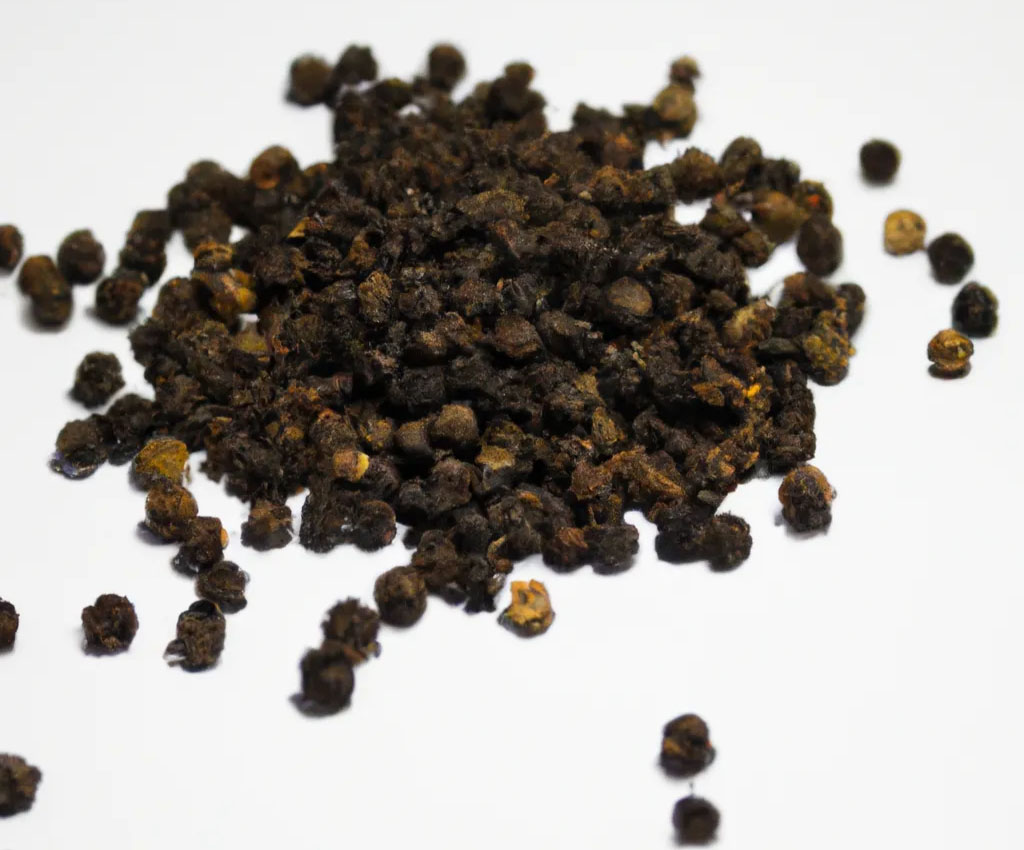Botanical Name: Piper nigrum
Black peppercorns, often referred to as the “king of spices,” are one of the most widely used and traded spices in the world. Native to the Malabar Coast of India, black pepper has been a staple in global cuisines for thousands of years, prized for its sharp, pungent flavor and ability to enhance a wide variety of dishes. Historically, black pepper was so valuable that it was used as currency and played a central role in the spice trade, influencing the exploration and development of trade routes across Asia, Europe, and beyond.
The black pepper plant is a flowering vine that thrives in tropical climates. It requires a humid environment and well-drained soil to grow, making regions like India, Vietnam, Brazil, and Indonesia ideal for its cultivation. The plant produces small, round berries called peppercorns, which are harvested at various stages of ripeness to produce different types of pepper: black, white, green, and red. The most common and widely used variety is black pepper, which is made from the unripe green berries of the plant.
After harvest, the peppercorns are briefly cooked in hot water, which causes the skin to rupture, releasing enzymes that aid in the browning process. The peppercorns are then sun-dried, during which they shrink and turn black, giving them their characteristic wrinkled appearance. This drying process is what gives black pepper its robust, pungent flavor.
Black pepper has a bold, earthy flavor with a sharp, biting heat. It also contains subtle hints of pine, citrus, and floral undertones, making it a complex and versatile spice. The heat in black pepper comes from a compound called piperine, which is responsible for its spiciness. Piperine, unlike the capsaicin found in chili peppers, provides a different type of heat, one that stimulates the tongue and lingers without overwhelming the palate. This makes black pepper an excellent spice for enhancing, rather than overpowering, the natural flavors of a dish.
In the kitchen, black peppercorns can be used whole, cracked, or ground. Whole peppercorns are commonly used in soups, stocks, and brines, where their flavor slowly infuses into the liquid over time. Cracked or coarsely ground peppercorns are often used to add texture and flavor to meats, salads, and roasted vegetables, while finely ground pepper is a staple seasoning for everyday use in nearly every type of cuisine.

